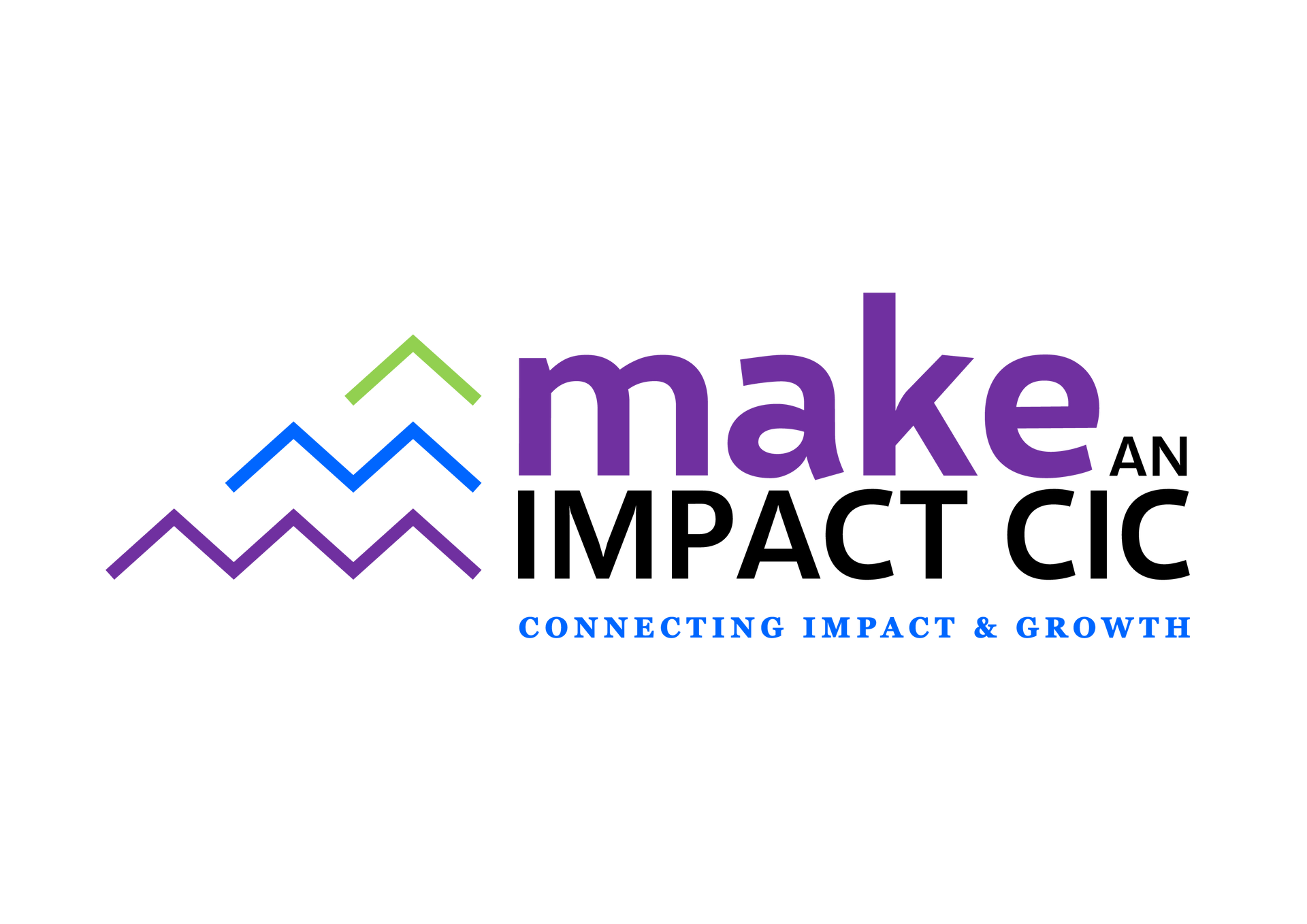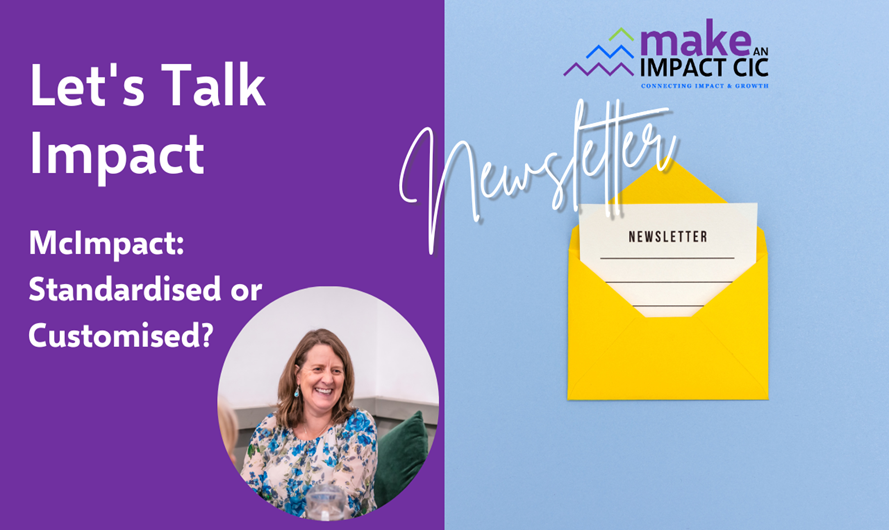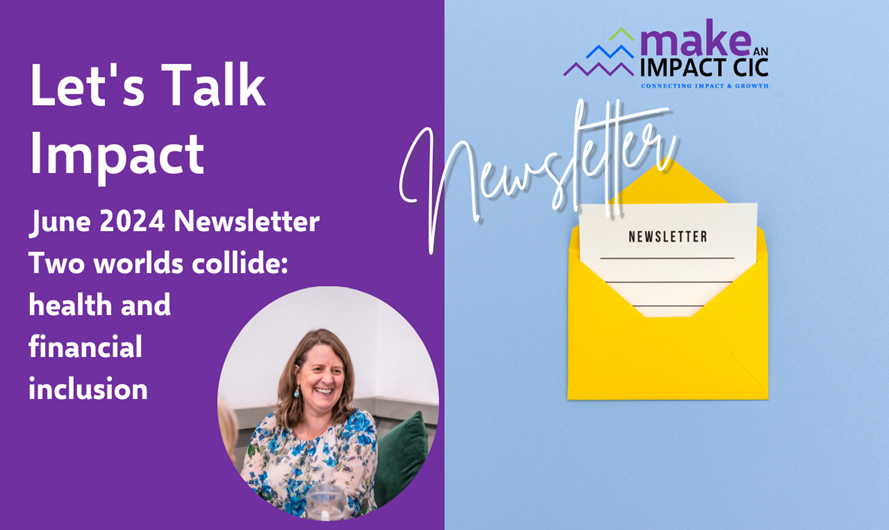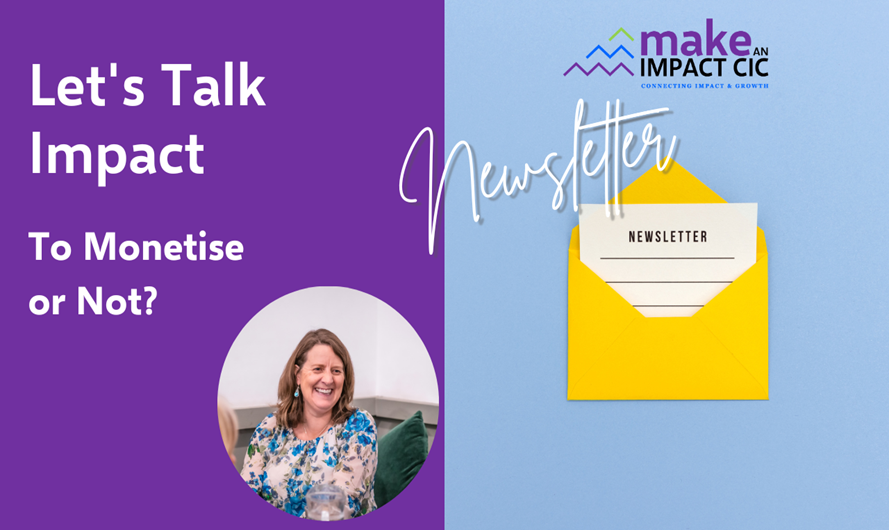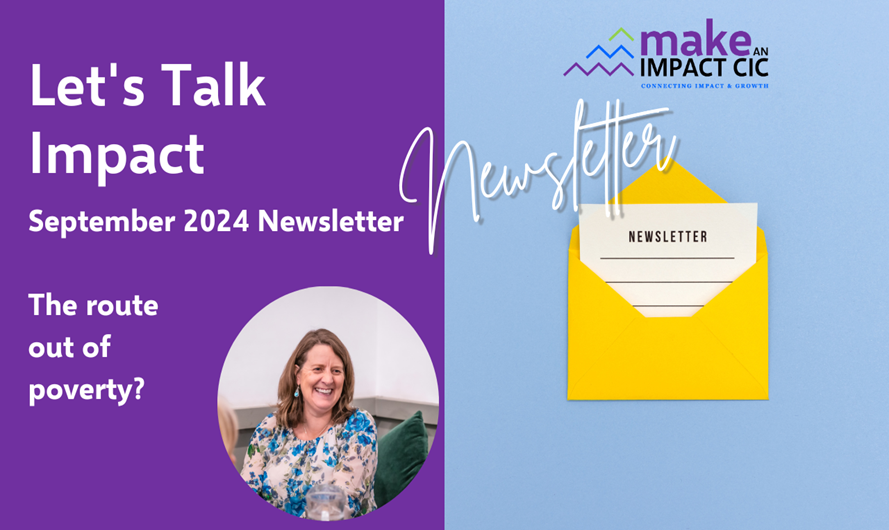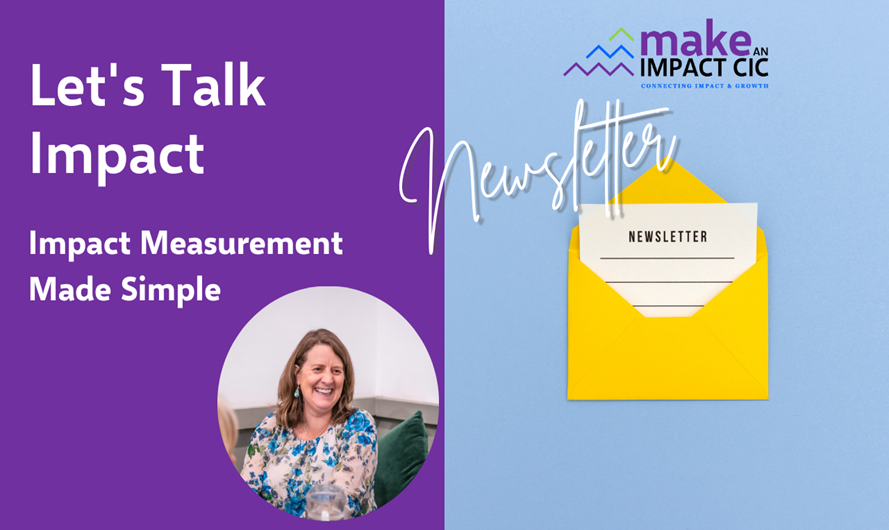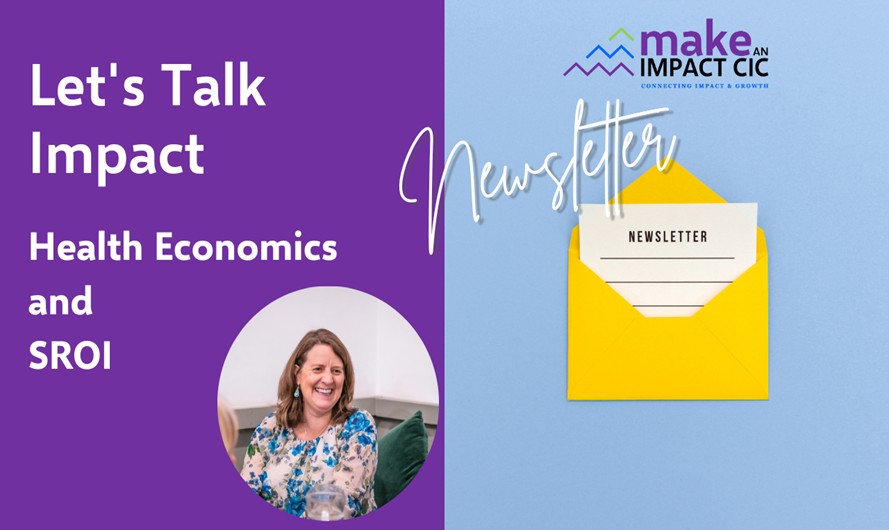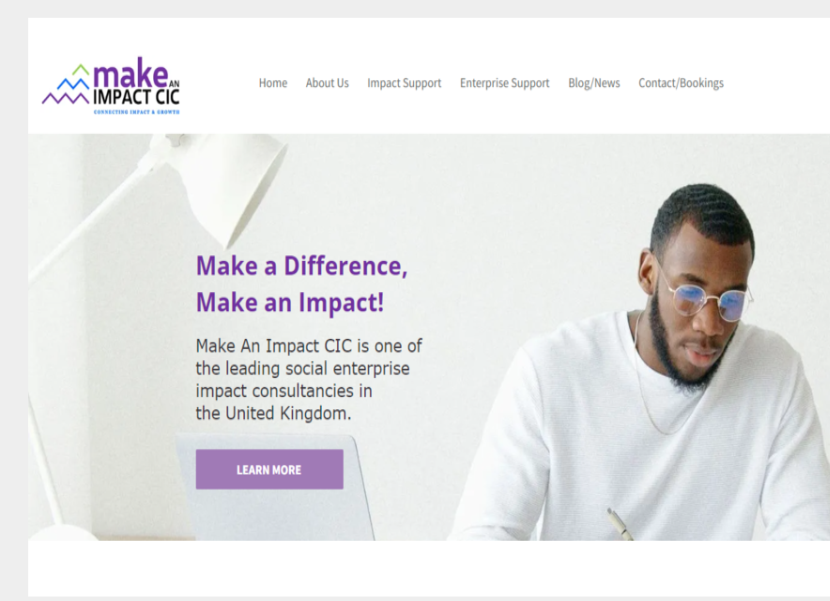In the world of impact measurement, a critical question arises: Do you want your impact standardised, like the fast-food experience at McDonald's, or do you prefer to have it your way? Let’s explore the pros and cons of standardised versus customised impact measurement, drawing inspiration from the world of burgers and fries.
McImpact – Standardised or Customised? Finding Your Recipe for Impact Measurement
Republished: 10 December 2024
Author: Heidi Fisher
The McImpact Analogy
Imagine you walk into a McDonald's, and you know exactly what to expect. The Big Mac in Tokyo tastes the same as the one in New York City. That's because McDonald's follows strict standards, ensuring consistency in its offerings. The same concept can be applied to impact measurement, where standardisation ensures uniformity in measurement methods and results.
But wait, what if you don't want gherkins on your burger? (Seriously, who likes gherkins apart from my son?) No problem – you can customise your order. In the realm of impact measurement, customisation allows organisations to tailor their measurement approaches to their specific goals and needs.
Standardised Impact Measurement
Pros:
- Consistency: Standardised impact measurement ensures that everyone follows the same rules, making it easier to compare results across organisations or projects.
- Reliability: Standardised metrics have been tested and proven to provide accurate results, enhancing the credibility of your impact assessment.
- Efficiency: It's like a well-oiled machine. Standardised approaches can save time and resources by eliminating the need to reinvent the wheel for each project.
Cons:
- One Size Fits All: Standardised metrics may not capture the uniqueness of every project or organisation, potentially missing out on important nuances.
- Limited Flexibility: Straying from the standard may be discouraged, making it challenging to adapt to changing circumstances or stakeholder demands.
- Missed Opportunities: Standardised measurement may not uncover unexpected positive outcomes or additional areas of impact, limiting the organisation's ability to learn and grow.
Customised Impact Measurement
Pros:
- Tailored Results: Customised impact measurement allows organisations to focus on the outcomes and metrics that matter most to them, providing a more accurate representation of their impact.
- Adaptability: Organisations can adjust their measurement methods as their goals evolve or new challenges arise.
- Innovation: Customisation encourages creativity and innovation in impact measurement, potentially leading to the discovery of new and unique ways to create positive change.
Cons:
- Lack of Comparability: Customised measurement can make it challenging to compare results with other organisations or projects, potentially hindering collaboration and benchmarking efforts.
- Resource-Intensive: Developing and maintaining a customised impact measurement system can be time-consuming and costly.
- Credibility Concerns: Critics may question the validity of customised metrics, especially if they lack standardised validation.
Finding the Right Balance
So, where do you strike the balance between standardised and customised impact measurement? It's essential to recognise that there's no one-size-fits-all answer. Organisations should consider their unique objectives, stakeholders, and the nature of their impact when deciding on their measurement approach.
Much like ordering at McDonald's, sometimes you want the classic Big Mac, and other times you crave something a bit different. The key is to find the right mix of standardised and customised measurement methods that align with your mission and deliver the results you desire.
The McImpact analogy reminds us that there are merits to both standardised and customised impact measurement. While standardisation ensures consistency and reliability, customisation offers flexibility and tailored insights. The key is to strike a balance that serves your organisation's unique goals and needs. Just like ordering at your favourite fast-food joint, it's all about finding your recipe for success in impact measurement.
share this article
